If you saw this market map of CX feedback tools, you could be forgiven for asking, “is there really any difference between all those tools in the middle?”
Yes, quite a few of these tools are pretty similar … but some do try to pull apart from the crowd.
Below is a selection of five lesser-known digital CX tools, each of which takes a slightly different approach.
Don’t take their inclusion as an endorsement: I have no connection with any of them and could have included many others. This lot are just examples to illustrate the variety in the space.
Two of them are self-service technology tools, and you never have to speak to a human if you don’t want to; one needs a little setup to get going; and the other two need expert services up-front to map journeys or create custom designs.
Costs also vary a lot, although only the self-service tools publish pricing.
But first, what exactly is a digital CX feedback platform?
Digital CX tools are used to gather continuous long term feedback from customers through digital channels. Generally this means on-site, in-app, by email, by SMS or through touchscreen kiosks.
Obviously this all becomes a bit moot as the world gets all seamless experiences and multichannel relationships and offline-to-online … but for now, this is what we’re talking about.
Most of these tools share three main features: survey, reporting and action modules.
Survey
These tools normally use structured survey formats such as NPS (Net Promoter Score), CES (Customer Effort Score) or CSAT (Customer Satisfaction). These two-question formats comprise a rating scale (0-10 or 1-10) and an open-ended feedback box.
Some also have the ability to create customised questionnaires, but all of them encourage very short surveys that can be completed quickly on small screens.
Reporting
Automated reporting in online dashboards is now pretty much the standard. Many have real-time updating of KPIs and display verbatim comments as they are captured.
Reporting tools may also pull in other data such as the product purchased; a customer’s status or tenure; and information about a store or staff member.
This data can all then be used for trending, segmenting and drill-down analysis.
Some platforms have fancier features like automated sentiment or topic analysis for open-ended data.
Action
The beauty of having instant and specific feedback data (“uh oh … grumpy customer just had a bad meal in the Soho branch”) is that recovery actions can be triggered quickly (“we’re sorry your pizza was cold … here’s a voucher for a free bottle of wine”).
These closed-loop features help managers try to fix the bad stuff and encourage the happiest customers to share about their experience online.
1. For when you want to impress the CFO: CustomerGauge
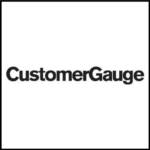
CustomerGauge offers a “Monetized Net Promoter” solution that tries to work out bottom line impact by integrating revenue data throughout the NPS process.
At setup, the value of increasing NPS by 1 point is determined, and a model is created to show how improving NPS helps drive revenue.
Customers can be segmented based on spend and Net Promoter Score to identify more precisely which accounts are worth the most effort.
CustomerGauge is not a completely self-service tool: consulting and professional services are required to set up a programme. The platform spans NPS, CES, CSAT and employee NPS surveys, as well as fully customised designs with additional questions and tailored design / branding features.
Dashboards include automated driver analysis, KPI reporting and text analytics. Closed-loop reporting helps service teams respond to detractors in real-time.
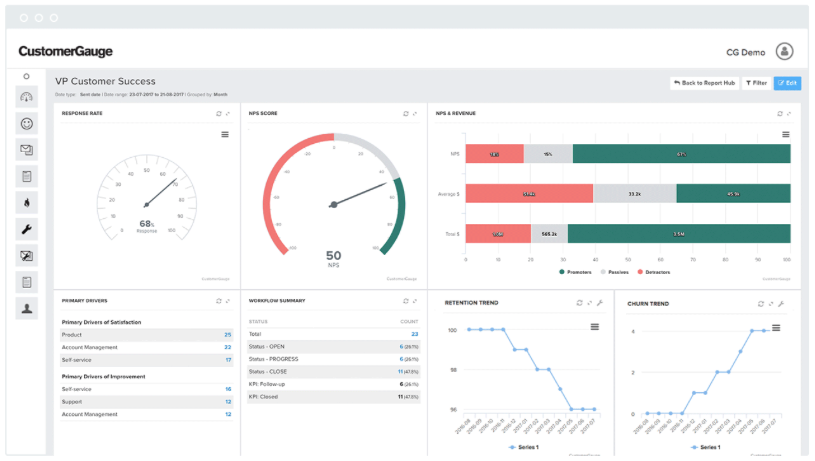
2. For pretty surveys your brand team will like: Customerville
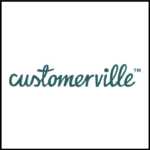 Customerville’s mantra (“measuring customer feedback is now part of the experience”) will chime with anyone who has wanted to gouge out their own eyes when taking a terrible feedback survey.
Customerville’s mantra (“measuring customer feedback is now part of the experience”) will chime with anyone who has wanted to gouge out their own eyes when taking a terrible feedback survey.
Customerville is an experience feedback tool that uses “a proven blend of creative design, technology and behavioral science” to create a “feedback experience that engages customers and builds your brand”. So now you know.
But it’s not just about pretty surveys: the Live Dashboard displays results at all roles and levels to “drive a customer experience culture with information, praise and critique”.
You’ll need consulting and professional services from CustomerVille to get set up their platform.
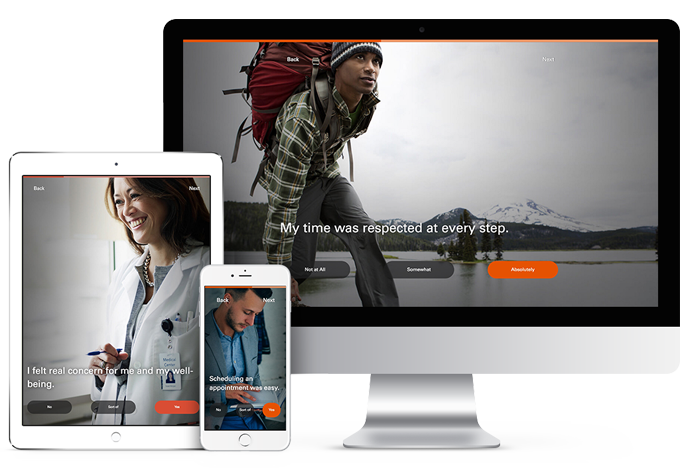
3. For easy adoption by support teams: Hello Customer
 Hello Customer is “an interactive feedback platform driven by revolutionary AI”. It’s for NPS, CES or CSAT surveys – but not customised questionnaires.
Hello Customer is “an interactive feedback platform driven by revolutionary AI”. It’s for NPS, CES or CSAT surveys – but not customised questionnaires.
There are four elements to the platform:
Feedback engine: automated questions sent post-purchase, after a support contact or within a web session using email, pop-ups, QR codes, purchase tickets or messenger apps.
Conversation manager: the option to engage customers in conversation following their open-ended feedback; threaded inbox-based tools for real-time follow up by support teams; and options for public review sharing using customers’ ratings and verbatim feedback.
Reporting dashboards: hierarchical reports for management views and tactical planning; drill-down analysis of feedback to individual points of sale, stores, regions or business units; and comparison of customer groups or other meta data including transactional information.
ISAAC Feedback Analysis: NLP-based categorisation of open-ended feedback developed with the University of Ghent; sentiment analysis and classification of responses in any language.
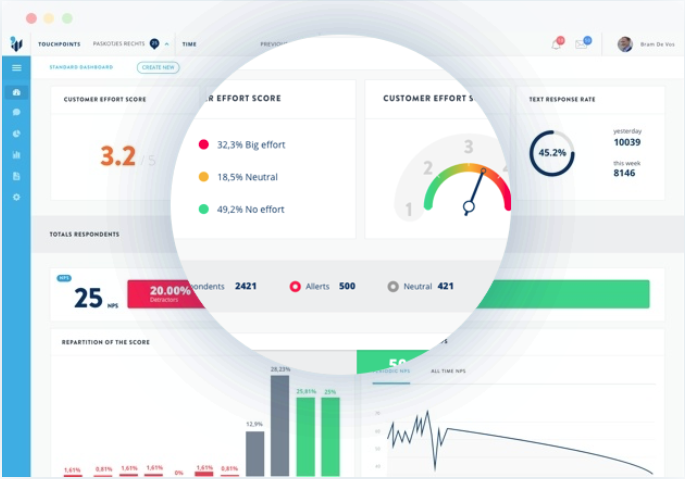
4. For quick setup by the e-commerce team: UserCompass
 This one is about as easy as it gets. One click, set and forget.
This one is about as easy as it gets. One click, set and forget.
UserCompass is a dead simple NPS integration for the online payment platform Stripe, aimed mainly at smaller businesses.
Setup is entirely automated and can be finished in less than 60 seconds by enabling the UserCompass integration directly in Stripe.
Customers receive a survey invitation as soon as they have made a payment. Repeat customers are sent no more than one survey every 6 months.
No customisation is available; the platform only supports the two NPS questions.
But it’s oh so simple.
Pricing is $49 per month for up to 1,000 survey responses.
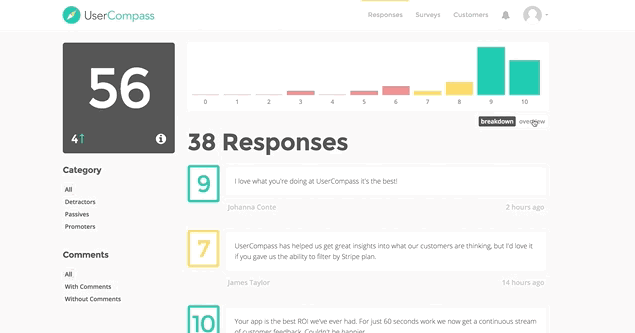
5. For avoiding budget surprises: How Likely
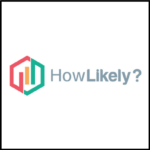 HowLikely is a NPS platform with multi-language templates. You can’t change the questions but you can configure everything else (thank you and unsubscribe pages, colours, brand logos etc).
HowLikely is a NPS platform with multi-language templates. You can’t change the questions but you can configure everything else (thank you and unsubscribe pages, colours, brand logos etc).
Its biggest selling point is that it offers unlimited everything – as many surveys, segments, completes, reports – as much as you want for a fixed monthly fee.
Campaigns can be recurring or scheduled as one-time events and system-wide “survey throttling” options help to prevent survey fatigue.
Scores and comments are available immediately in a real-time dashboard that features current and historical trend charts. Data can be sliced via campaign, date range or any other custom property. Complete files of contacts, responses and comments can be exported along with all custom properties for offline analysis.
Pricing is in two tiers, both unlimited use: $99 monthly for branded and $199 for unbranded surveys (“Powered by HowLikely” logo removed).
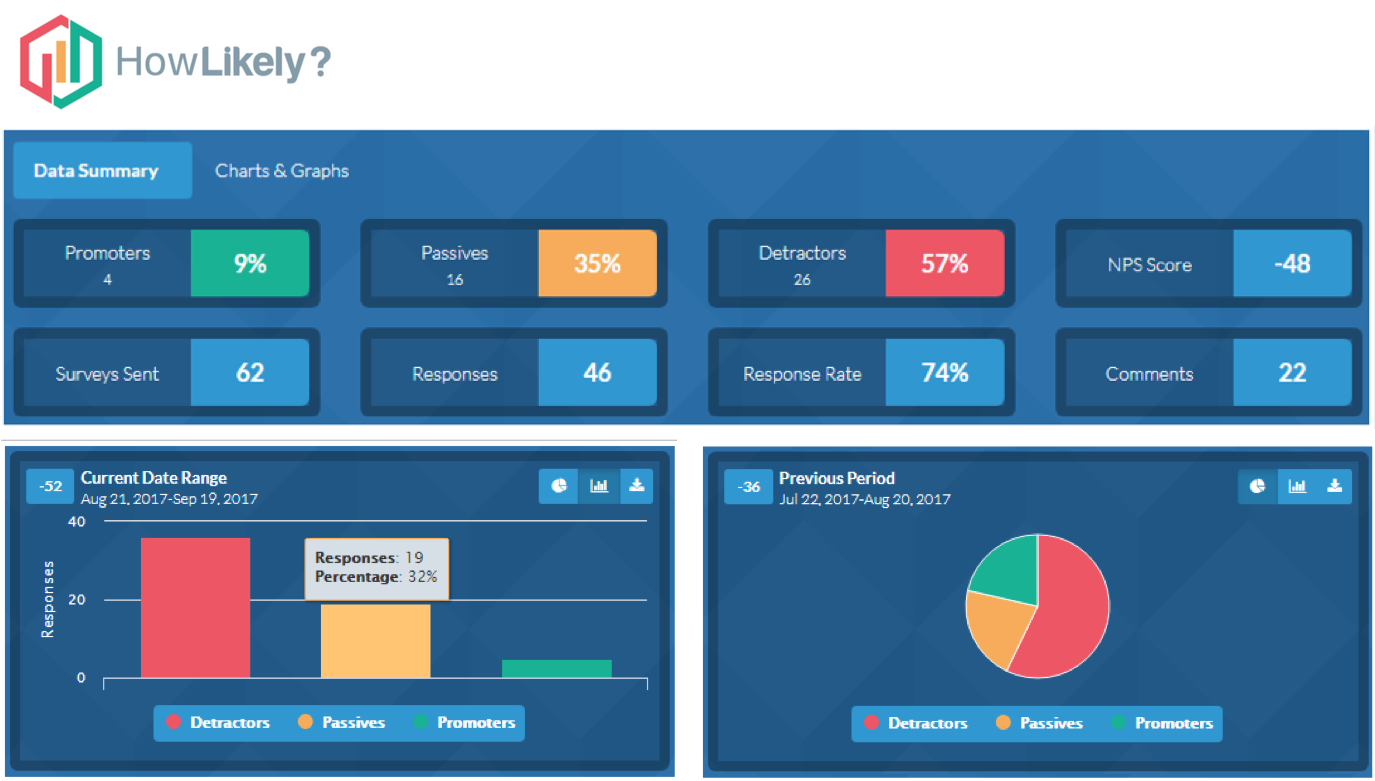
I hope this has been helpful. Let me me have any thoughts you feel like sharing.
